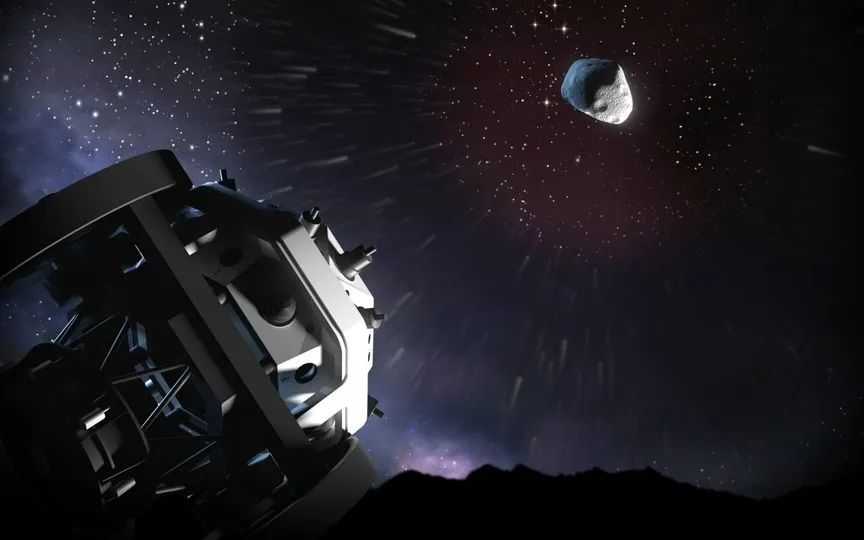ESA’s Flyeye Telescope: A Search for Bug-Eyed Asteroids
The European Space Agency is set to develop the automated Flyeye telescope in order to address the challenge of detecting celestial objects that pose a threat to Earth. With the vastness of space making this task difficult, news of massive asteroids or other near-earth objects approaching our planet has become a daily occurrence. However, this new telescope aims to enable early detection and preparation for such events.
This is the first time in history that an instrument will thoroughly scan the sky and automatically detect dangerous near-Earth objects.
About the Flyeye Telescope
ESA reports that the telescope detects the celestial body automatically, and then scientists study it to make sure they are real sightings. Once the data is collected, it will be sent to the Minor Planet Center for further observation to better understand the near-Earth object’s orbit and collision probability.
Please note that the Flyeye telescope can only detect celestial objects about 40 meters or larger and 3 weeks before its potential impact
How does the Flyeye telescope work?
Just like a fly’s compound eye, the new European telescope divides each image into 16 smaller sub-images, significantly expanding the field of view to improve observational capabilities. According to ESA, these fly-eye surveying telescopes are 1 m diameter telescopes with a field of view of 6.7° x 6.7°, or about 45 square degrees.
“Thanks to the very wide field of the new telescopes, we can cover a large area of the sky in one night. This reduces the chance that we will miss any interesting object,” says Detlef Koschny, ESA’s Senior Asteroid Specialist.
Flyeye telescope location and placement
The first Flyeye telescope will be placed atop the 1,865-meter Monte Mufara mountain in Sicily, Italy. The Italian Space Agency (ASI) is developing the entire infrastructure for the area. Because the entrance road and the necessary electricity, water and data connections are with the agency. In the meantime, ESA is responsible for transporting the telescope and preparing the facility, which includes the telescope’s dome and related components.




